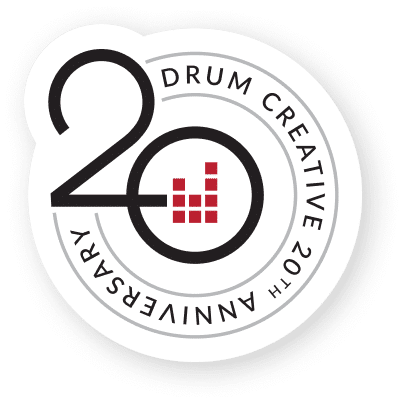A good chunk of my professional life has been spent worrying about and improving the readability of the Web. I’m very much like an overprotective mother meeting her daughter’s boyfriends – introduce me to a website and immediately I will start finding fault and discovering things that need fixing.
So as the resident Word Nerd around here, I got a little excited when I found Juicy Studio’s free readability test. Simply type in your URL, and you’re immediately given the readability of that page. At first, the results sound a bit judgmental and intimidating –the Gunning Fog Index, the Flesch Reading Ease scale, and the Flesch-Kincaid Grade scale all instantly spit out their opinion of your website.
For example, our homepage scored 6.15 on the Flesch-Kincaid Grade scale, meaning that the content on our homepage has about a 6th-grade reading level.
Why 6th Grade?
Are 6th graders our target audience?
No.
But does our target customer skim and scan with the attention span, distraction, and motivation of your average 6th grader? You bet.
So in this instance, we can use our readability score to confirm that our content is well-suited to how our audience uses the web.
Readability tests were first developed in the 1920s in the United States to determine the suitability of books for American students at a certain age or grade level. The formulas are based on the average words to a sentence, and the average syllables used per word. As such, they tend to reward short sentences made up of short words.
Short sentences and short words you say, eh?
Isn’t that what web users are looking for as they skim and scan (but don’t read) your web content?
Absolutely.
Don’t take my words for it; in his oft-cited usability study, Jakob Nielsen discovered a 58% increase in usability can be achieved simply by cutting roughly half the words on the web pages being studied.
So yes, readability tests provide a rough guide to the likelihood of your website being clearly understood. They are also a good reminder that using clear and simple language promotes effective communication no matter what the medium.
However.
Readability is really only one tool in your toolbox; sure, having a tape measure helps, but you can’t build an entire house with just a tape measure. And you can’t build a well-written website based on readability alone.
What the Tests Cannot Measure
Readability tests cannot determine if your web content is comprehensible, interesting or enjoyable. They don’t know your target audience and have never heard of a keyword (as a two-syllable word, the readability tests already don’t like the term).
Theoretically, you could get an excellent readability score by filling your web page with two and three-word combinations of gobbledygook.
Additionally, layout and design are critical factors that help determine the readability of your website, however, the tests do not take those into consideration either.
So what’s a test-taker to do?
How to Use Readability
Use readability measures as you would a spelling or grammar check: a tool to help you polish your prose pre-publication. Or, if you’ve had it with trying to figure out what to say on your website and are ready to throw in the content writing towel, why not run it by us first, before giving up? We can quickly and honestly assess your website and help you figure out what needs fixing.
